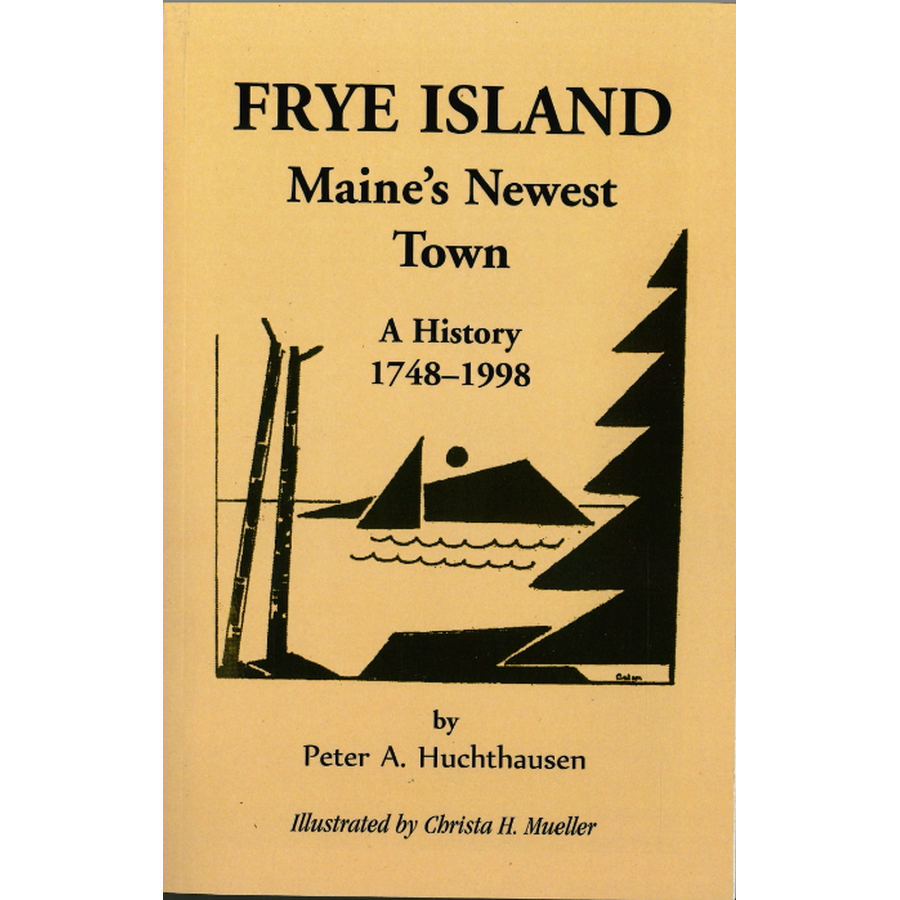Frye Island, Maine's Newest Township, 1748-1998
Couldn't load pickup availability
Frye Island's history reaches 250 years into New England's past. The island's name was found first recorded in the Massachusetts Bay Colony proprietor's archives in 1750. The lives of the island's namesake (Joseph Frye) and the founders of Pearsontown (now Standish), Maine (Moses Pearson and Ranger Humphrey Hobbs), cross frequently, first during the capture of Louisbourg in 1745, again in the operations to expel the French Acadians from their Nova Scotia settlements in 1754, and again during the Crown Point campaign on Lake George in 1757. Frye's renowned journal of the latter was published in 1819, and inspired James Fenimore Cooper's novel, The Last of the Mohicans. During the American Revolution, Colonel Joseph Frye commanded the Maritime Defense Force at Falmouth Neck (Portland), and as a Continental Army Brigadier commanded a brigade during the British siege of Boston. He then returned to develop his land grant into the town of Fryeburg and participated in the first movement to free the area from Massachusetts to become the state of Maine. Frye Island's long list of owners since 1768 includes many renowned Maine citizens, among them the Rev. Samuel Deane, prominent diarist and city father of early Portland, and Moses Titcomb, whose descendants founded the first Maine newspaper.The book includes Indian legends and regional adventure stories, including the Tarbox family tragedy, the wild woman of Frye's Island and the bobcat attack. The appendices contain poetry about Sebago Lake, the White Mountains and Songo River by Henry Wadsworth Longfellow, John Greenleaf Whittier and other local authors. Dr. Joseph Earnhardt's delightful musings about his life on the island are contained in a separate appendix. The book is richly illustrated with maps and drawings; illustrations by Christa H. Mueller. A full-name index adds to the value of this work.
Peter Huchthausen
(1998, 2005), 2018, 5.5" x 8.5", paper, index, 310 pp.
ISBN: 9780788410451
101-H1045

